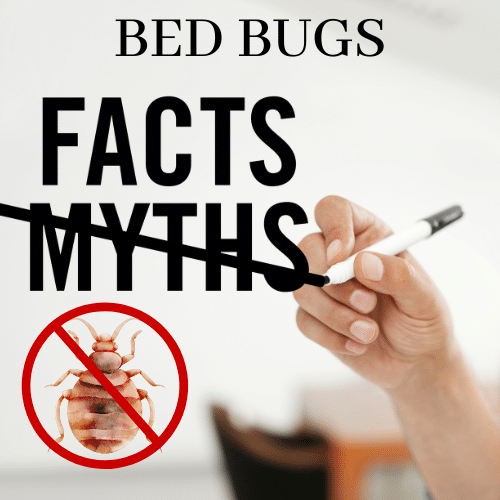
09 May Truth About Bed Bug Solutions
Debunking Bed Bug Myths
Welcome to your guide on bed bugs in South Florida, brought to you by Pest Busterzz, your local family-owned, organic pest control experts. Understanding the facts about bed bugs is crucial for effectively managing and eliminating them from your living spaces. Today, we’re setting the record straight on some common misconceptions.
Bed bugs spread by hitching rides on clothes, bags, furniture, and other items. This ability makes shared spaces like apartment complexes and dorms particularly vulnerable to rapid infestations.
Signs include small blood stains on sheets, bed bug feces (which appear as tiny black spots), and seeing the bugs themselves. An earthy odor may also be present in severe infestations.
Bed Bug Truths Revealed
Myth 1: Bed Bugs Transmit Diseases
One widespread myth is that bed bugs can transmit diseases to humans. Fortunately, this isn’t true. While bed bugs can cause itching and loss of sleep, they are not known to spread any diseases to humans. Understanding this can help reduce the panic and focus efforts on effective eradication.
Myth 2: Bed Bugs Are Only Found in Dirty Places
Another misconception is that bed bugs only thrive in dirty environments. Bed bugs are not drawn to decay or filth but to blood. They are as likely to be found in immaculate homes as they are in less tidy ones. They can hitch a ride on luggage, furniture, and other items, making cleanliness only one part of prevention.
Myth 3: Bed Bugs are Visible to the Naked Eye
While bed bugs are not microscopic, they are small and can be hard to spot due to their elusive behavior and ability to hide in tiny crevices. Adult bed bugs are about the size of an apple seed, but their nymphs can be smaller and harder to detect.
Myth 4: Bed Bugs Are Only Active at Night
Although bed bugs are primarily nocturnal, they can come out in the daytime if they are hungry enough. Their feeding cycle is not bound to the night alone, especially in heavily infested environments where competition for food is fierce.
Myth 5: Over-the-Counter Sprays are Enough to Get Rid of Bed Bugs
Many believe that DIY sprays can eradicate bed bugs. While these products may kill on contact, they rarely reach the hidden colonies. Professional treatment is often necessary to completely eliminate an infestation.
Professional Bed Bug Treatment Options
One of the most effective methods is heat treatment, which involves raising the temperature of affected areas to a level that is lethal to bed bugs at all life stages.
Professional exterminators may also use safe, regulated chemical treatments that are more effective than over-the-counter options. These target treatments are designed to minimize risk while maximizing impact.
Preventative Measures
Regular inspections are key, especially in multi-unit living environments. Early detection is crucial to preventing widespread infestations.
Using protective covers can prevent bed bugs from infiltrating mattresses and pillows, making these common hiding spots inhospitable.
Conclusion
Understanding and debunking common myths about bed bugs is the first step towards taking control of a bed bug situation. By partnering with Pest Busterzz, you gain access to expert knowledge and effective, sustainable pest control solutions that protect your home without compromising your health or the environment. Remember, effective bed bug management is a combination of prevention, prompt action, and professional intervention.
Feel free to reach out to us at Pest Busterzz. Whether you’re currently dealing with an infestation or just want to make sure you never do, we’re here to help you maintain a clean, safe, and pest-free living environment. Together, we can keep Pompano Beach beautiful and bed bug-free.


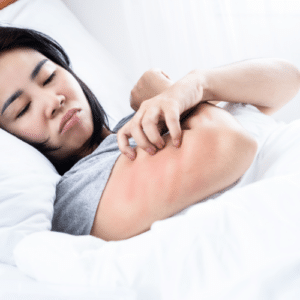
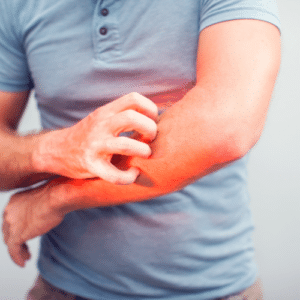
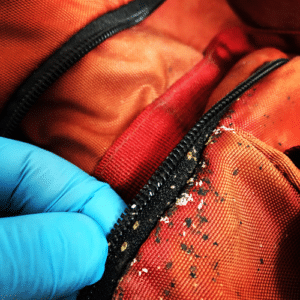
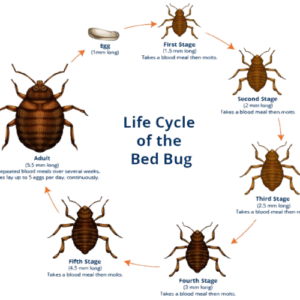
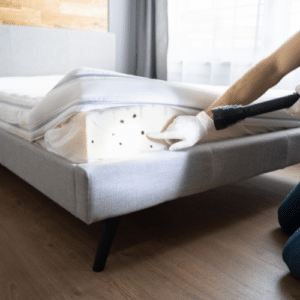
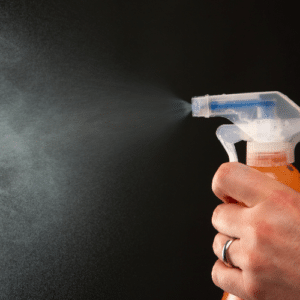
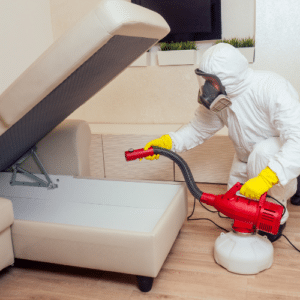
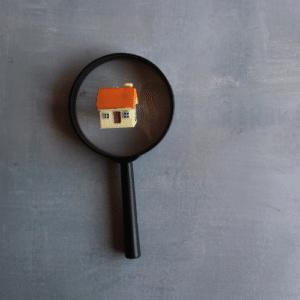
No Comments